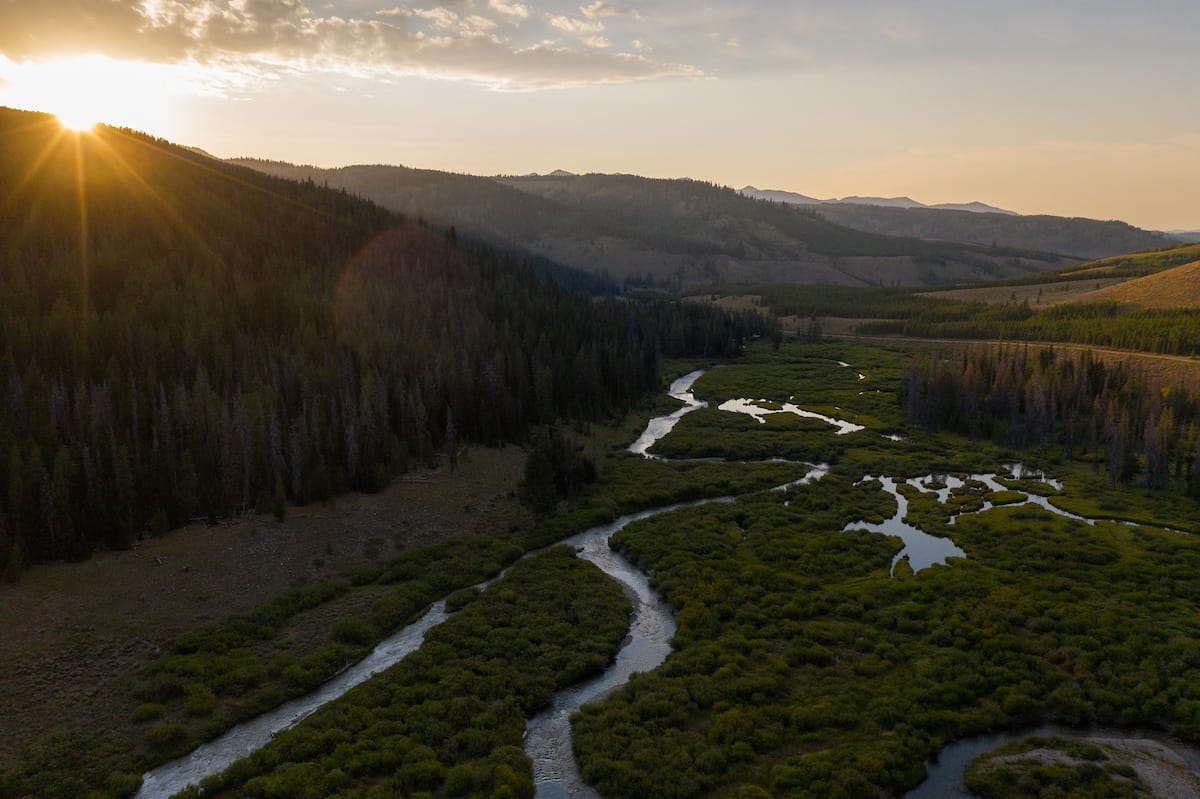Clean water is essential for our health, environment, economy and way of life. Across the United States, state and federal clean water protections serve as the foundation for preserving these vital resources. Without strong protections, our rivers, streams and watersheds—and everything they support—are at risk. Here are five key reasons why clean water protections are critical for blue lines across the United States:
Drinking water.
Over one third of all Americans rely on small streams for their drinking water. According to the EPA, over 357,403 miles of streams provide water for public drinking water systems, serving hundreds of millions of people each year. From our trout and salmon streams to our kitchen taps, state and federal clean water protections ensure a healthier future for all.
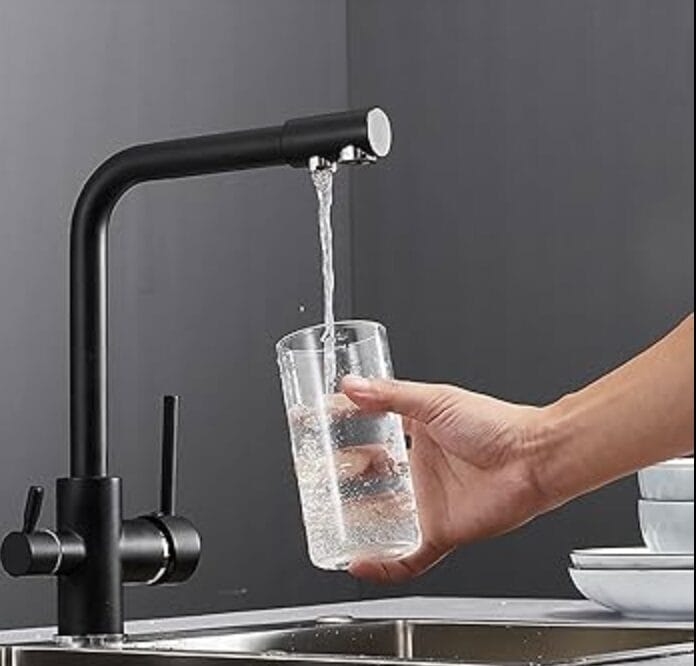
Native and wild trout.
As anglers, we understand at an intrinsic level the connection between clean water, healthy habitat and good fishing. We know that our native and wild trout rely on cold, oxygenated water and that water quantity and quality are essential. By restoring streams and supporting strong protections for cold, clean, fishable water, we offer hope that abundant wild and native trout and salmon populations will thrive for future generations.
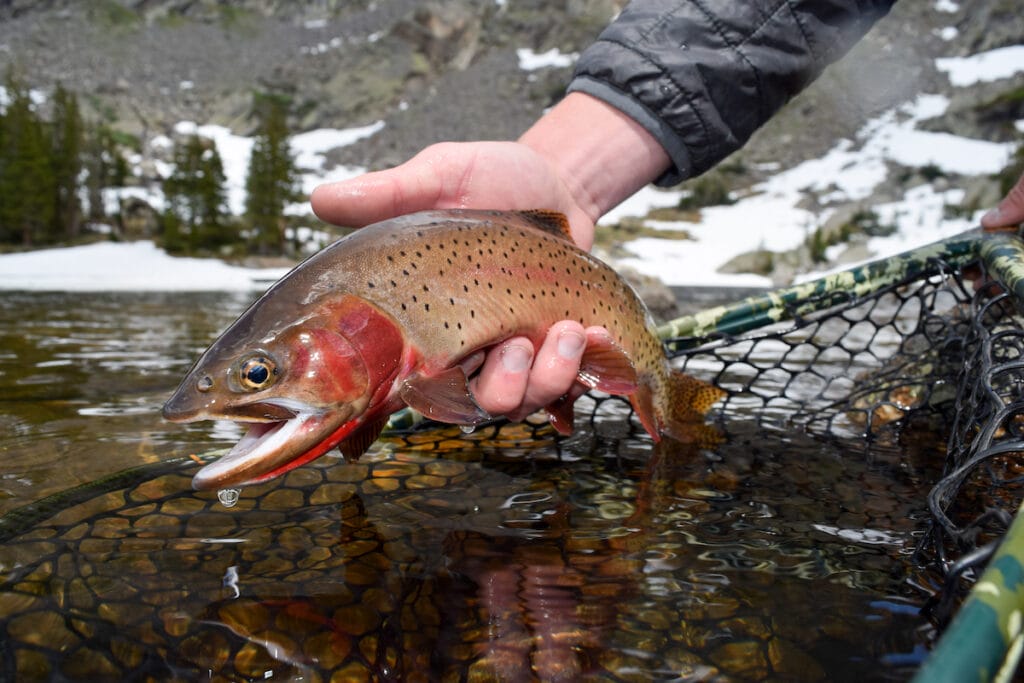
Outdoor recreation.
Clean water is a lynchpin of an outdoor recreation economy that creates 4.3 million jobs and generates $689 billion in consumer spending annually. Polling shows that 92 percent of hunters and anglers support clean water protections. Unfortunately, if clean water protections and habitat continues to decline, our outdoor recreation economy is in jeopardy: in fact, a USGS study found that the state of Montana alone could lose over $200 million per year in angling revenue if trout habitat continues to decline.
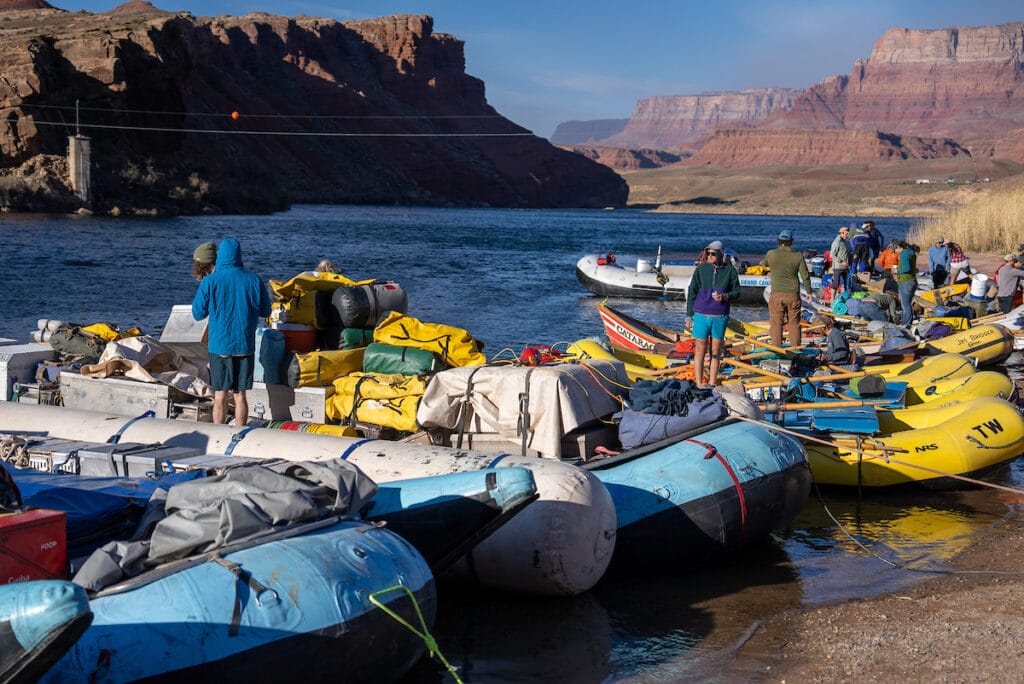
Economy.
According to the United Nations, an estimated three out of four jobs in the global workforce are now either heavily or moderately dependent on water. Agriculture, technology, tourism and manufacturing are just a few industries reliant on healthy U.S. watersheds. Protecting our water source is essential to growing a strong, resilient economy––for today and for our future.
Watershed-scale impact.
State and federal clean water laws are not just for large bodies of water and rushing rivers—but also for the small, meandering streams that feed them. Both point source and non-point source pollution has a watershed-scale impact that is felt for literally thousands of river miles. Without these critical protections, we risk degrading some of our best rivers and streams, making them inhabitable for wild and native trout and salmon.
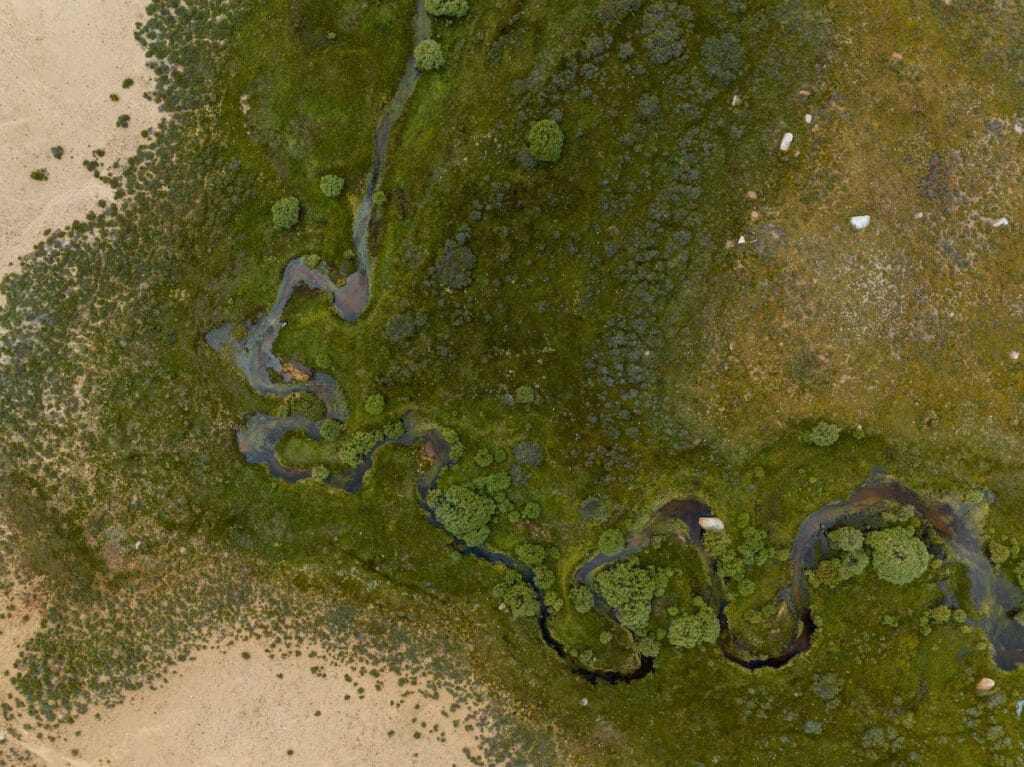
While these are all good reasons to strengthen clean water protections, what truly moves us to stand up can be deeply personal as well. For me, clean water means I can take my dog fishing or hiking near streams and not worry he’ll get sick from drinking the water. It means I can rely on clean water every time I turn on my faucet. And in a world impacted by climate change and industry, I know that clean water protections don’t just impact me, but my family, my community and the blue lines that run throughout our country.
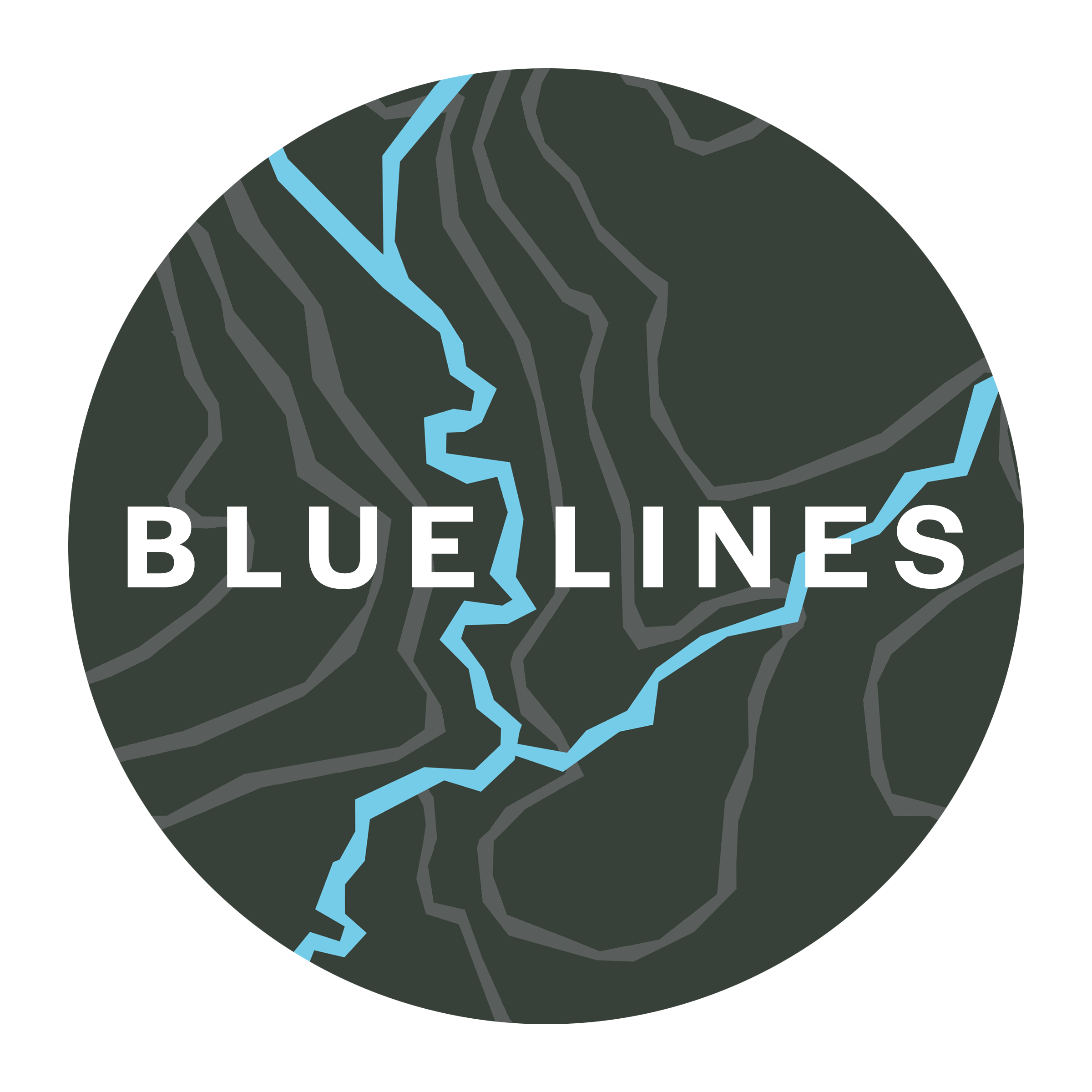
We must safeguard Clean Water Act protections for wild trout and salmon and the blue lines they inhabit.
Join us in fighting for clean waters, healthy fish, and thriving communities.



